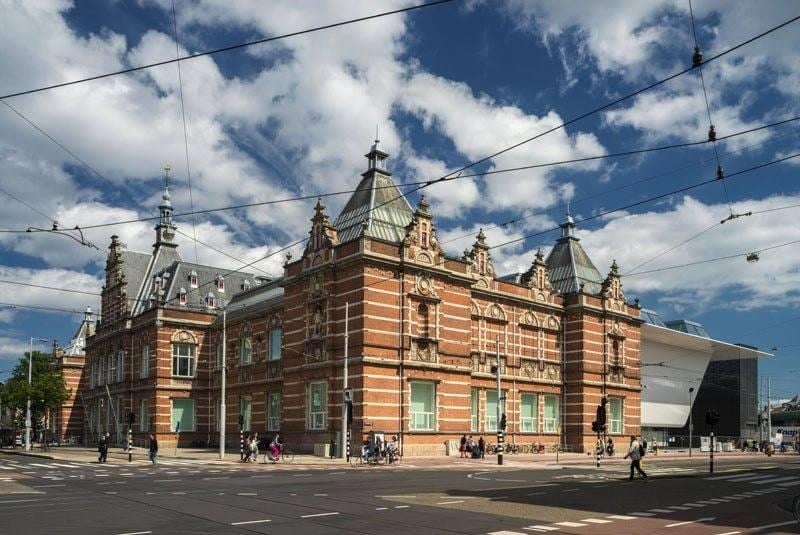Art World
Amsterdam Will Return a Long-Disputed Wassily Kandinsky Painting at the Stedelijk to the Heirs of Its Original Owners
Amsterdam mayor Femke Halsema cited the importance of "correcting wrongs of the past."

Amsterdam mayor Femke Halsema cited the importance of "correcting wrongs of the past."

Eileen Kinsella

A drawn-out legal saga over the rights to a disputed Wassily Kandinsky painting has come to a surprising conclusion. The city of Amsterdam announced on Friday that it would return the painting, Bild mit Häusern, to the heirs of its original owner, despite a court decision ruling that it was not obligated to.
“Due to the long duration of the process and the importance of correcting wrongs of the past, the municipality will return the artwork without further intervention from the restitution committee,” read a statement from Amsterdam mayor Femke Halsema and deputy mayor Touria Meliani. The painting is currently on display in the Stedelijk Museum.
The late Hedwig Lewenstein-Weijermann, who was Jewish, inherited the painting in 1930 from her husband, Emanuel Albert Lewenstein, according to the Stedelijk’s documentation. It remains unclear who put the work up for auction in 1940, when the Stedelijk bought it, and is possible that it was an involuntary sale. As a result, in 2013, the city of Amsterdam, the museum, and heirs of the Lewensteins, submitted an application to the Dutch Restitution Committee asking for further investigation and advice.

Wassily Kandinsky, Bild mit Häusern. Image via Stedelijk.nl
In 2018, the committee advised that the work should remain in the museum, saying that while the sale of the work in 1940 could not be viewed as separate from the Nazi regime, it may have also been the result of other factors, including the Lewensteins’ worsening financial situation, which had been occurring even before the German invasion. The committee said there was no indication that the Stedelijk did not purchase the work in good faith in 1940.
The heirs challenged the committee’s report in Dutch courts in 2020, and the municipality of Amsterdam also argued for the committee to reassess its findings.
Last week, the city, which is the painting’s current owner, “decided to return the work to the heirs in its quest to rectify injustice for victims of the Second World War. This will happen as soon as possible,” according to a statement on the Stedelijk website.
The heirs, who are descendants of of Robert Lewenstein and his sister Wilhelmine, “are grateful to the mayor of Amsterdam for her courageous decision and to the minister of culture as well as to the family’s attorneys and the many experts who helped the family address many of the questions raised during the application process,” James Palmer, founder of Mondex, an art locating service that worked with the heirs, told Artnet News in an email.
“It is clear that for this painting balancing between interests of the heirs and the city of Amsterdam should no longer be the main goal,” read the city of Amsterdam’s statement, “the main goal should be the correcting of injustice done to the victims.”